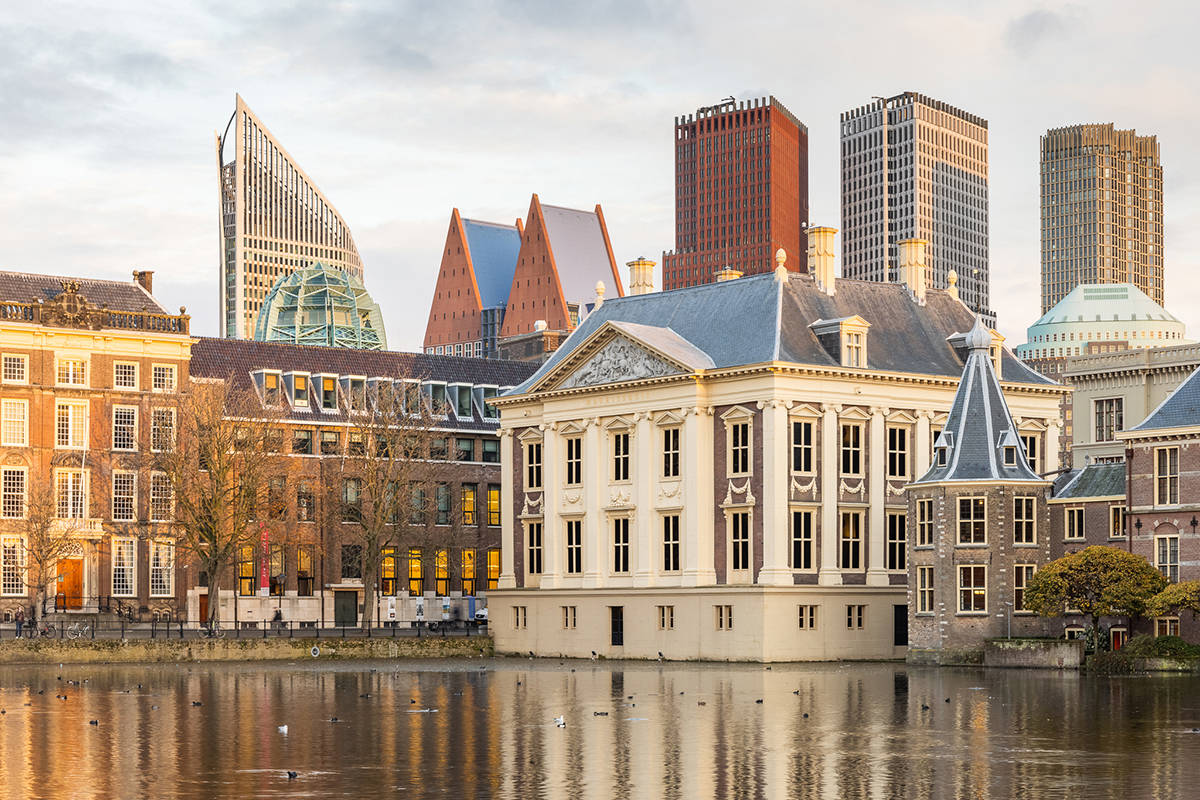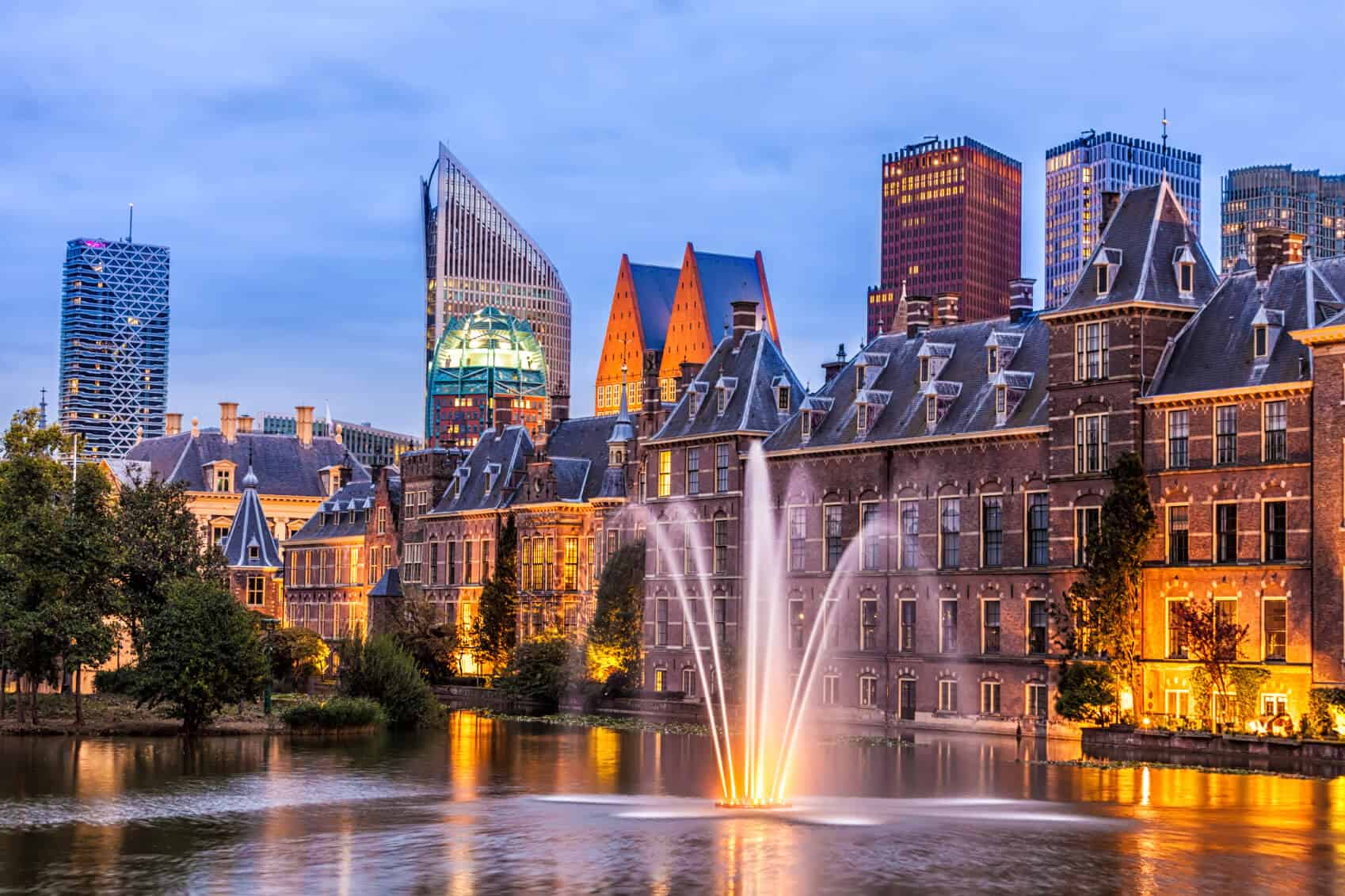The Hague's Hidden Wildlife Sanctuaries
In the heart of The Hague, historical fortifications have become unexpected sanctuaries for wildlife. These structures, originally built for defense, now host a variety of species, offering a unique glimpse into urban biodiversity.
Bats in the Bunkers

The bunkers of The Hague, remnants of World War II, have become crucial habitats for bat populations. Species such as the common pipistrelle and the brown long-eared bat find refuge in these dark, undisturbed spaces. The constant temperature and humidity levels inside the bunkers provide ideal conditions for hibernation and breeding.

Birds Nesting in the Walls
![]()
The thick walls of the old fortifications are perfect nesting sites for several bird species. Jackdaws and kestrels are frequently seen using the crevices and ledges to build their nests. These birds benefit from the elevated vantage points, which offer safety from ground predators and a clear view for hunting.
Amphibians in the Moats
The moats surrounding these fortifications have transformed into thriving ecosystems. Frogs and newts are common, taking advantage of the aquatic environment. The smooth newt, in particular, is often spotted during the breeding season, when the moats become alive with activity.
Conservation Efforts and Challenges
Local conservation groups are actively working to preserve these habitats. Efforts include monitoring species populations and maintaining the structural integrity of the fortifications to ensure they remain suitable for wildlife. However, urban development poses a constant threat, requiring ongoing advocacy and awareness to protect these unique ecosystems.










